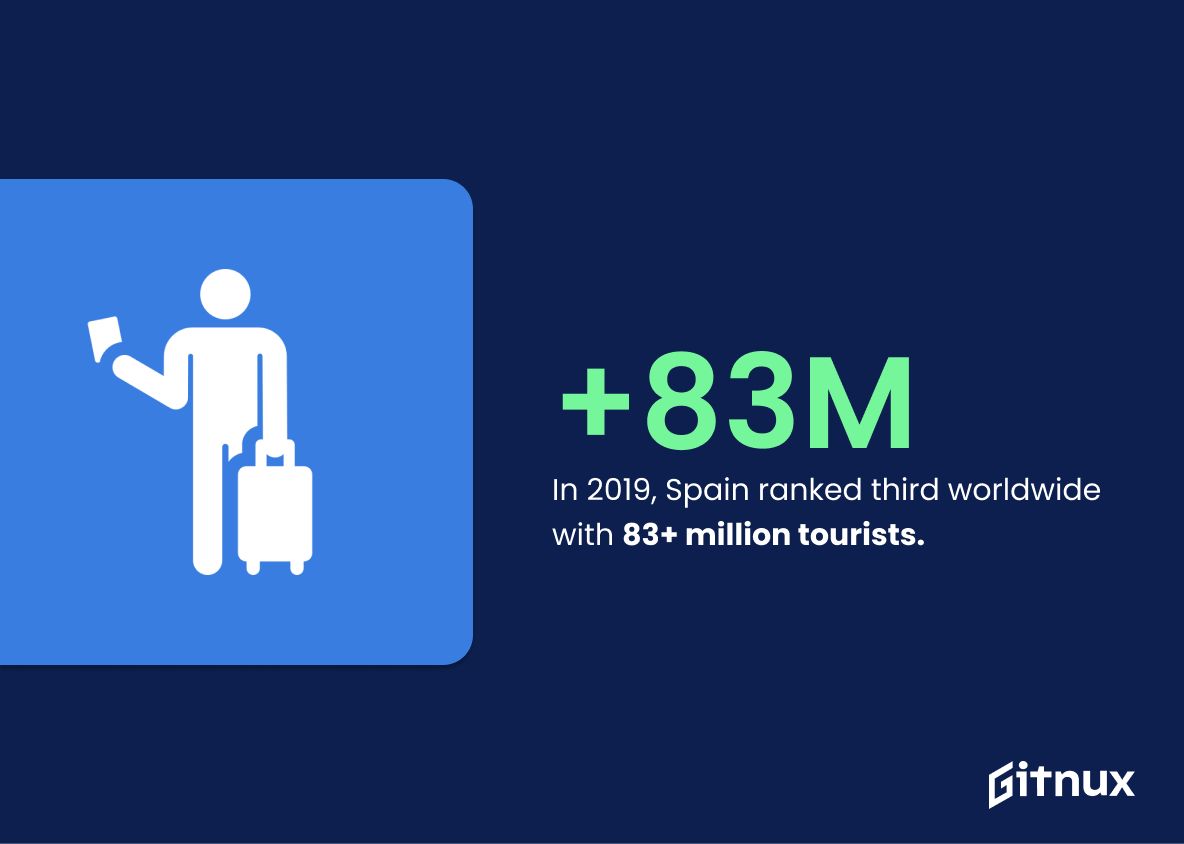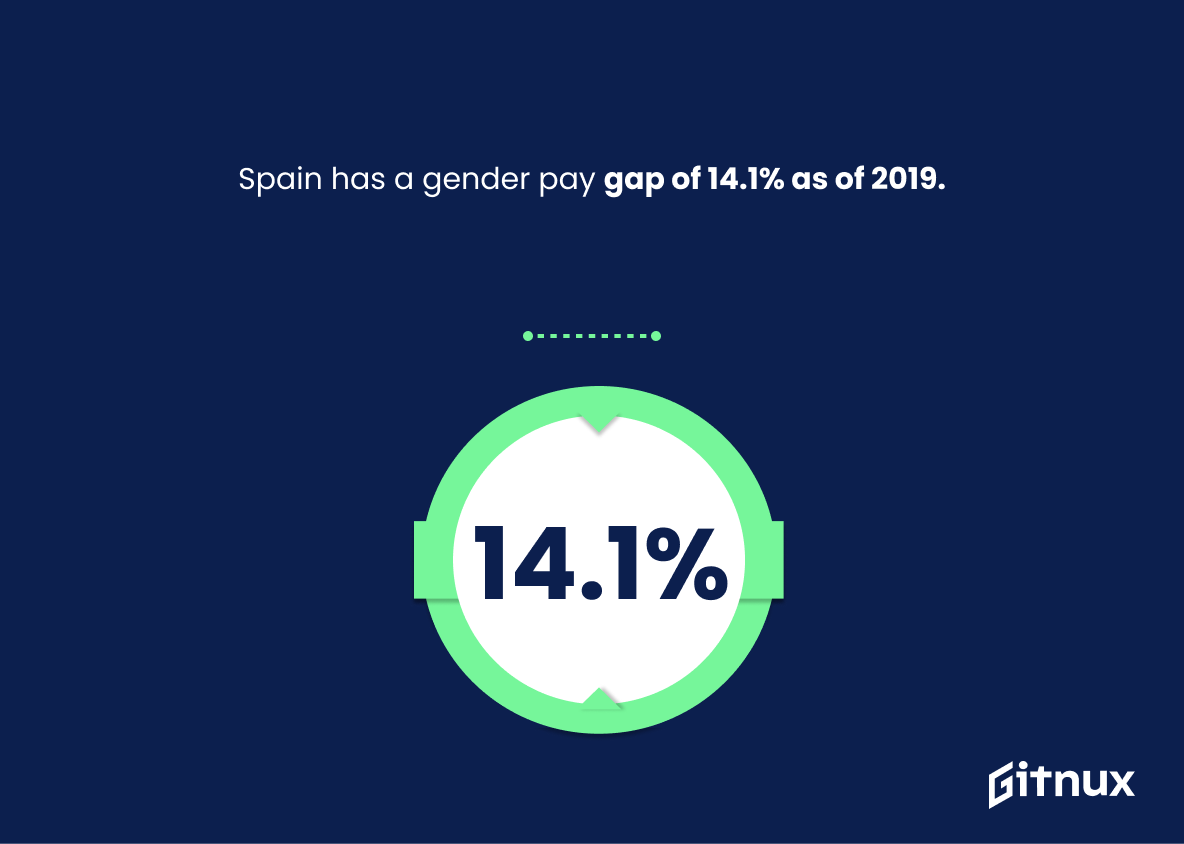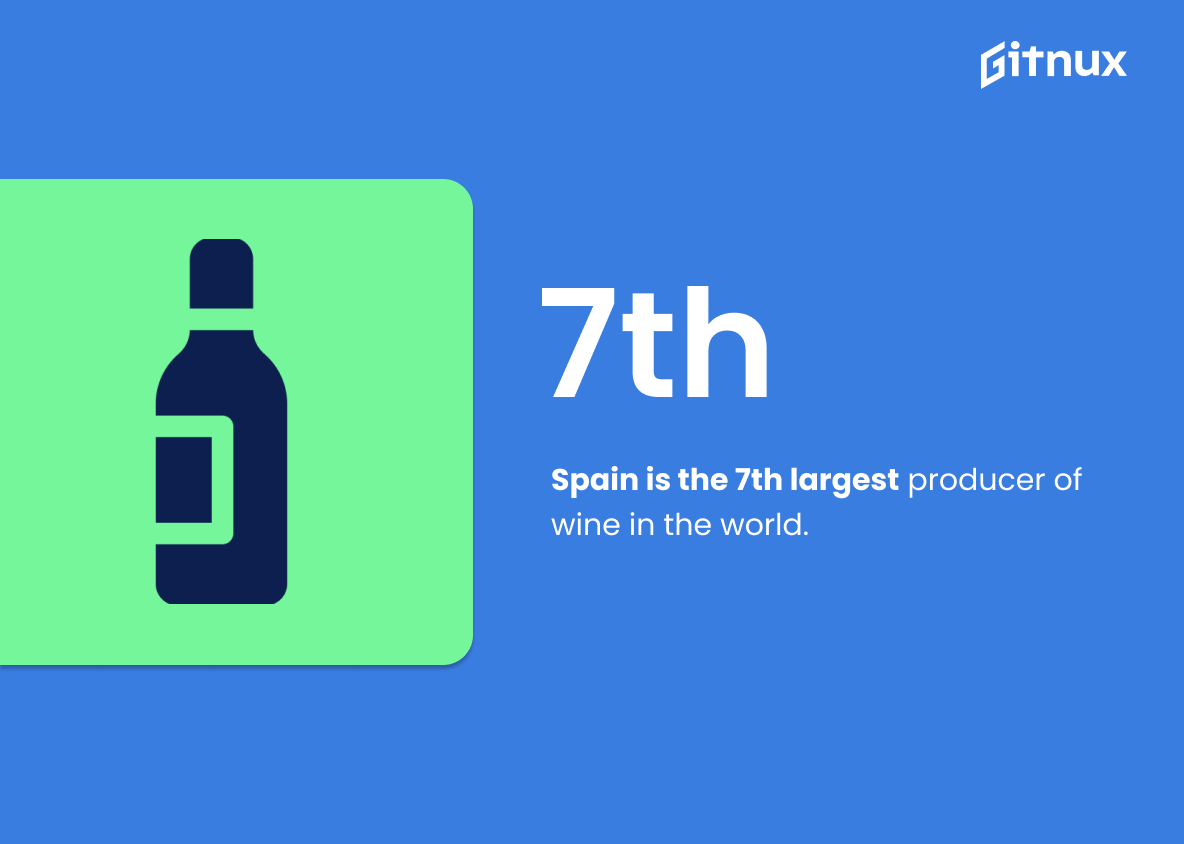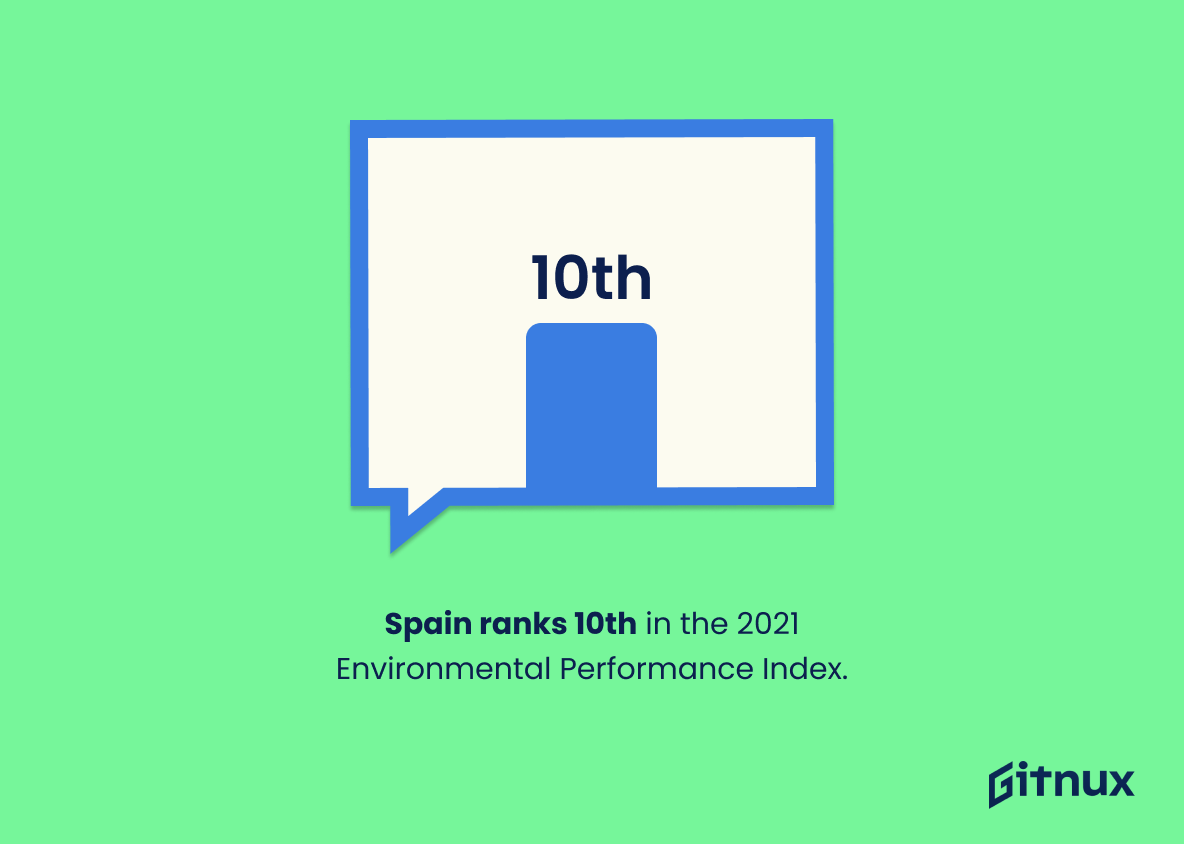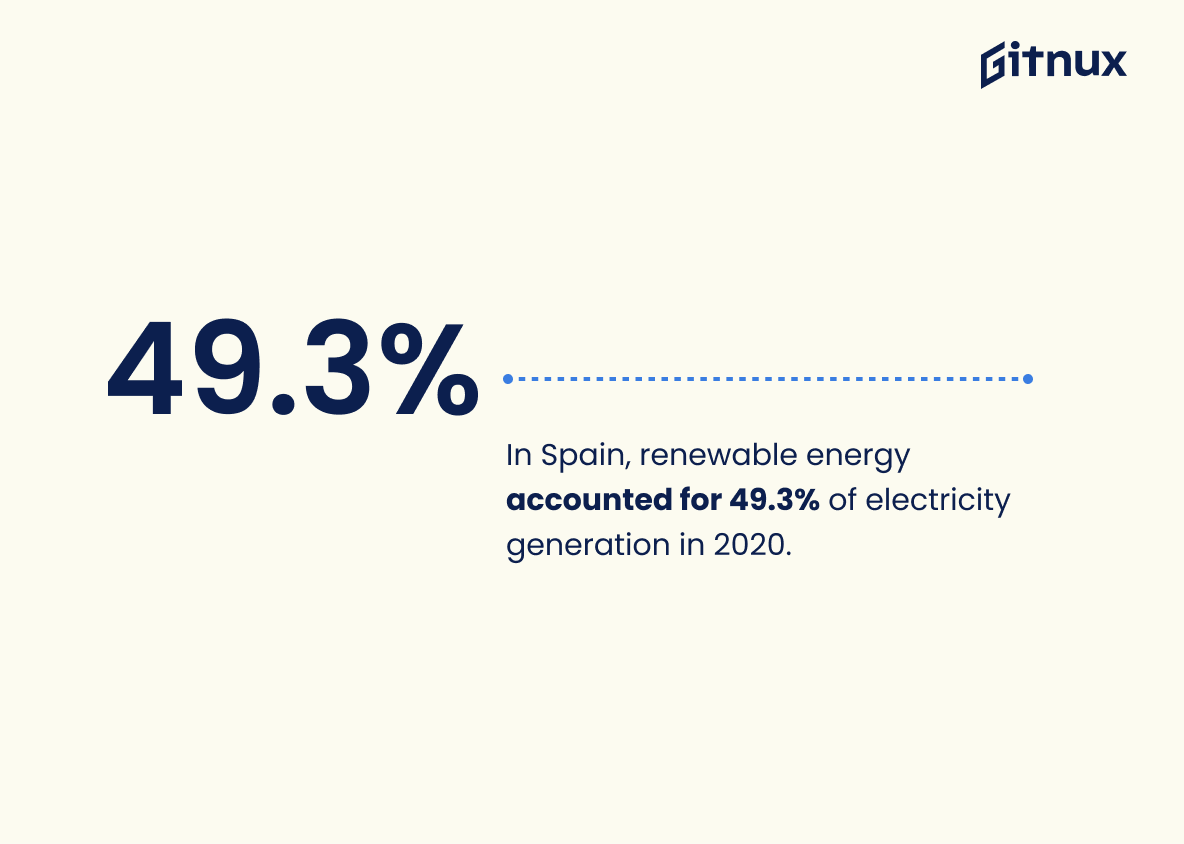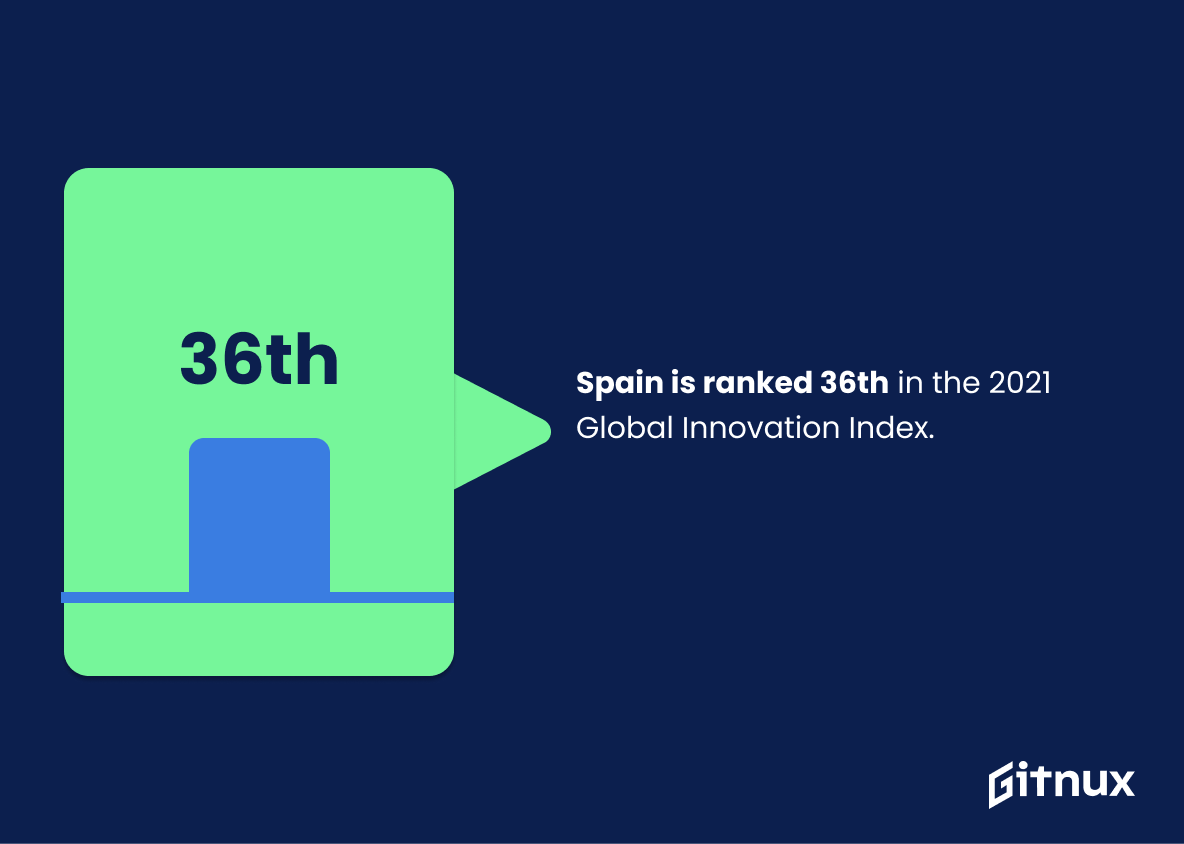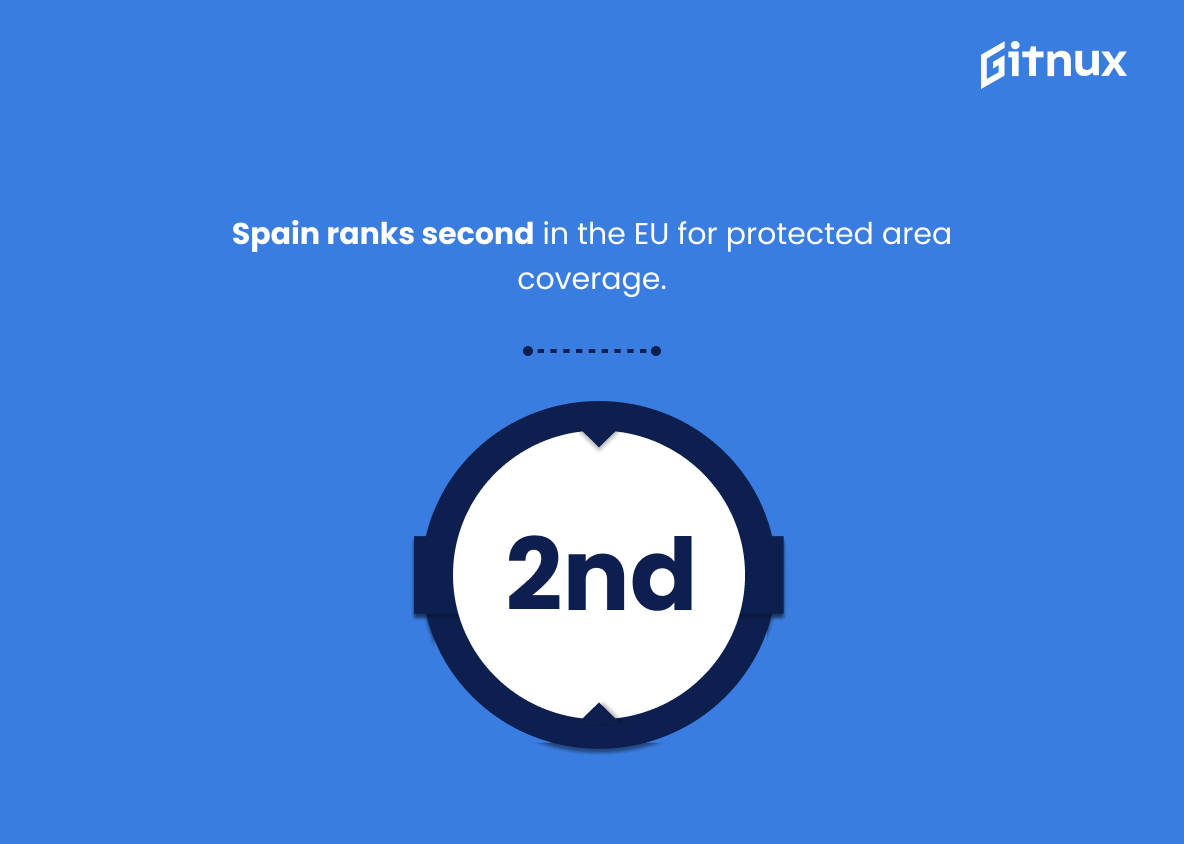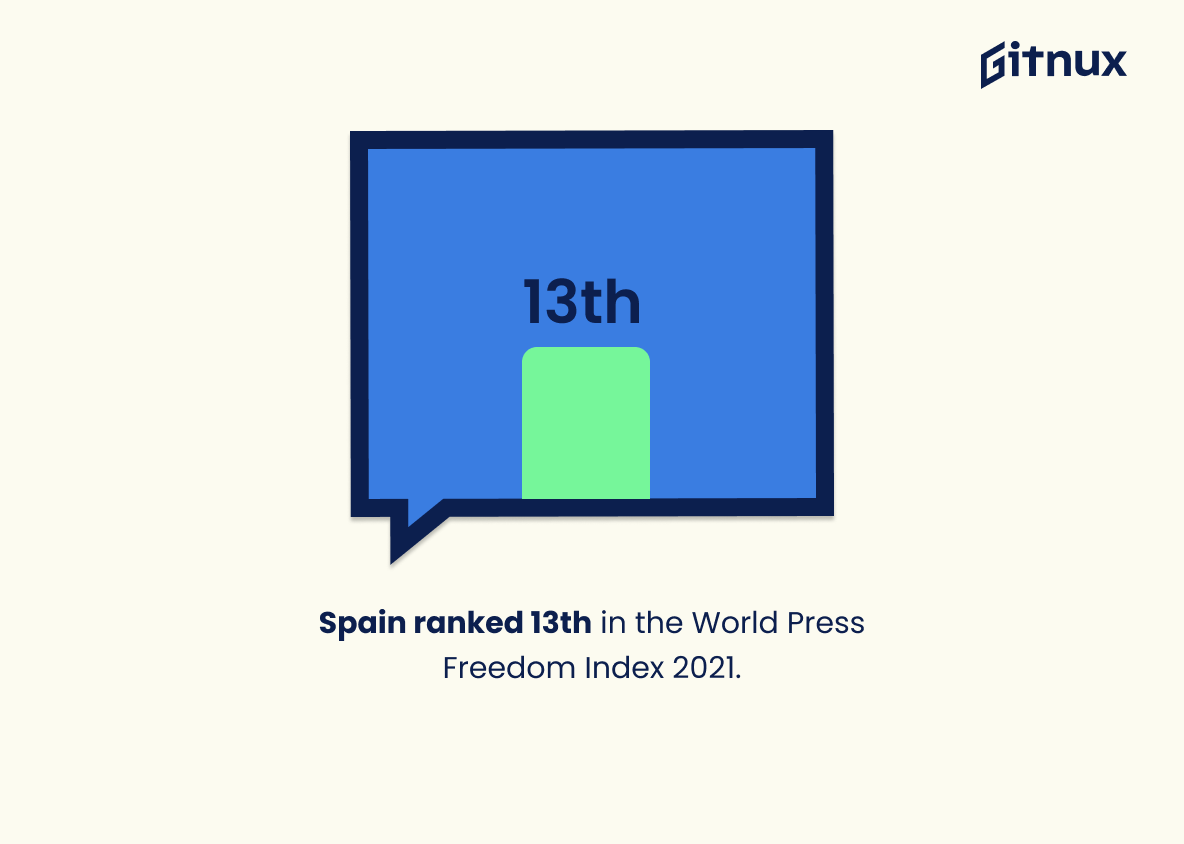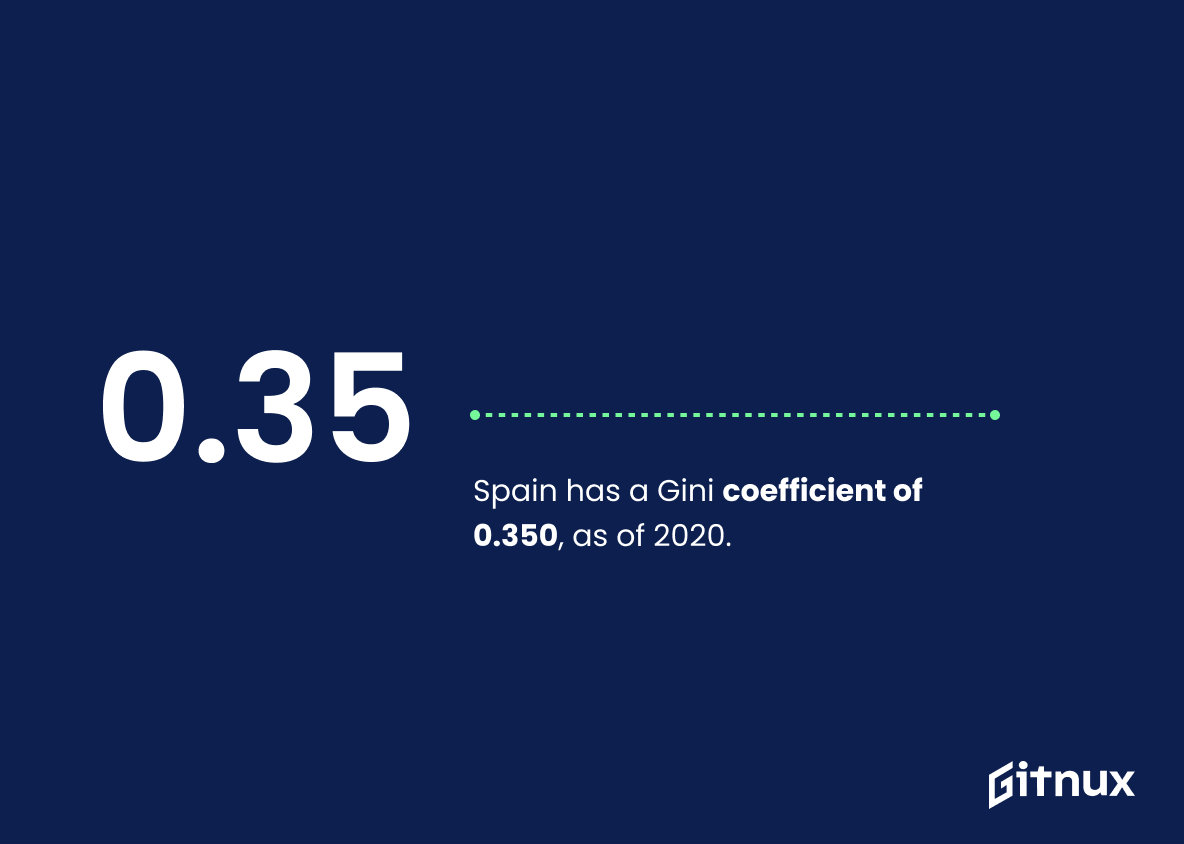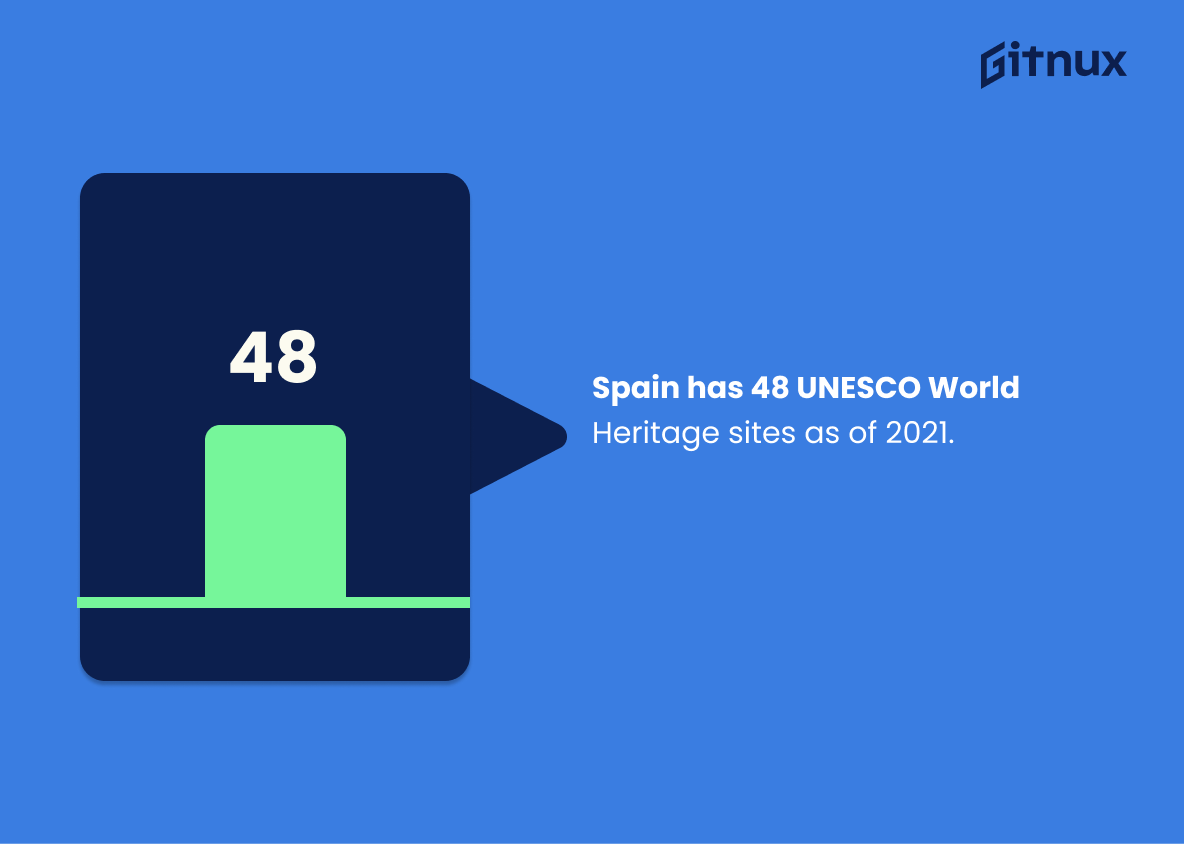Spain is a country with an impressive history and culture, as well as many interesting statistics. From its economy to tourism, life expectancy to literacy rate, Spain has much to offer the world. Here are 20 facts about Spain that provide insight into this fascinating nation:
1. According to nominal GDP figures from 2020, Spain is the 14th largest economy in the world (https://data.worldbank.org/indicator/NY.GDP.MKTP.CD?most_recent_value_desc=true).
2 In 2020, the population of Spain was 47,431,256 (https://www
This statistic is indicative of Spain’s economic standing in the global arena, highlighting its impressive economic growth and development. It is a testament to the country’s success in creating a strong and vibrant economy, and serves as a reminder of the potential for further growth and prosperity. As such, it is an important statistic to consider when discussing Spain’s economic performance and prospects.
In 2020, the population of Spain was 47,431,256.
This statistic is a key indicator of the size and scope of Spain’s population, providing insight into the country’s economic and social dynamics. It is essential for understanding the country’s current and future needs, such as the availability of resources, the demand for services, and the potential for growth. As such, it is an invaluable piece of information for anyone writing a blog post about Spain’s statistics.
Spain Statistics Overview
Spain ranks as the third most visited country in the world with over 83 million tourists in 2019.
This statistic is a testament to Spain’s immense popularity as a tourist destination. It speaks to the country’s appeal, with its stunning landscapes, vibrant culture, and rich history drawing in millions of visitors each year. It also highlights the economic benefits of tourism to Spain, with the industry providing jobs and income to many people. This statistic is an important reminder of the importance of tourism to Spain and its economy.
Spain has a life expectancy of 83.5 years as of 2021.
The life expectancy of 83.5 years in Spain is a testament to the country’s commitment to providing its citizens with quality healthcare and a healthy lifestyle. This statistic is indicative of the overall well-being of the Spanish population, and speaks to the country’s dedication to ensuring its citizens live long and prosperous lives.
The literacy rate among adults in Spain is 98.3%.
The literacy rate among adults in Spain being so high is indicative of the country’s commitment to education and knowledge. It speaks to the value that Spain places on learning and the importance of being able to read and write. This statistic is a testament to the country’s dedication to providing its citizens with the tools they need to succeed.
As of 2020, Spain’s unemployment rate was 15.5%.
The unemployment rate in Spain is a telling statistic when it comes to understanding the country’s economic situation. With a rate of 15.5%, it is clear that Spain is facing a difficult time in terms of job creation and economic growth. This statistic is an important indicator of the overall health of the Spanish economy and can provide insight into the challenges the country is facing.
Spain has a gender pay gap of 14.1% as of 2019.
The fact that Spain has a gender pay gap of 14.1% as of 2019 is a glaring reminder of the inequality that still exists in the country. This statistic highlights the need for Spain to take steps to ensure that women are paid equally for the same work as men, and that the gender pay gap is eliminated. It is a call to action for Spain to take the necessary steps to ensure that women are given the same opportunities and rights as men.
Spain is the 7th largest producer of wine in the world.
This statistic is significant in the context of a blog post about Spain Statistics because it highlights the country’s impressive wine-making capabilities. It is a testament to the country’s long-standing tradition of producing quality wines, and it speaks to the expertise of Spanish winemakers. Furthermore, it demonstrates the country’s commitment to the wine industry, which is an important part of its economy.
Spain ranks 10th in the 2021 Environmental Performance Index.
The fact that Spain ranks 10th in the 2021 Environmental Performance Index is a testament to the country’s commitment to protecting the environment. This is especially impressive considering the size of the country and the number of people living there. It shows that Spain is taking the necessary steps to ensure that its citizens and the environment are both well-protected. This is an important statistic to consider when discussing the overall health of Spain and its citizens.
In Spain, renewable energy accounted for 49.3% of electricity generation in 2020.
This statistic is a testament to Spain’s commitment to sustainability and environmental protection. It shows that the country is taking steps to reduce its reliance on non-renewable energy sources and is making progress towards a greener future. This is an important step in the right direction and is something that should be celebrated.
Spain is ranked 36th in the 2021 Global Innovation Index.
The 2021 Global Innovation Index ranking of Spain at 36th place is a testament to the country’s commitment to innovation and progress. It is a reflection of the nation’s dedication to developing new technologies, ideas, and products that can help to improve the lives of its citizens. This statistic is a clear indication that Spain is a leader in the field of innovation and is well-positioned to continue to make strides in the future.
Spain has the 2nd highest percentage of area covered by protected areas among EU countries.
The fact that Spain has the 2nd highest percentage of area covered by protected areas among EU countries is a testament to the country’s commitment to preserving its natural beauty and resources. This is a great example of how Spain is taking proactive steps to ensure that its environment is protected and preserved for future generations. It also speaks to the country’s dedication to sustainability and conservation, which is an important part of its culture and identity.
Spain produces 46.4% of the world’s total olive oil production.
This statistic is a testament to Spain’s impressive agricultural prowess, highlighting the country’s ability to produce a significant portion of the world’s olive oil. It is a prime example of Spain’s agricultural success and a reminder of the country’s importance in the global food market.
Spain ranked 13th in the World Press Freedom Index 2021.
The World Press Freedom Index 2021 ranking of Spain at 13th place is indicative of the country’s commitment to upholding the right to freedom of expression. This is an important factor in any society, as it allows for the free exchange of ideas and opinions, and encourages the growth of a vibrant and diverse culture. As such, this statistic is an important indicator of the overall health of Spain’s society, and is an important factor to consider when discussing the country’s statistics.
Spain has a Gini coefficient of 0.350, as of 2020.
The Gini coefficient of 0.350 for Spain in 2020 is indicative of the country’s economic inequality. This statistic provides insight into the distribution of wealth among the population, and can be used to measure the level of economic disparity in the country. It is an important statistic to consider when discussing the overall economic health of Spain.
Spain has 48 UNESCO World Heritage sites as of 2021.
This statistic is a testament to the rich cultural heritage of Spain. It speaks to the country’s long and varied history, and the many sites that have been preserved and recognized by UNESCO as being of great importance to the world. This statistic is a reminder of the beauty and significance of Spain, and its place in the world.
Spain is the 30th most populous country in the world.
This statistic is significant in the context of a blog post about Spain Statistics as it provides a snapshot of the country’s population size. It is an important indicator of the country’s economic and social development, as well as its potential for growth. Additionally, it can be used to compare Spain to other countries in terms of population size and density.
Conclusion
Spain is a country with an impressive economy, population size and tourism industry. It has a high life expectancy of 83.5 years, as well as one of the highest literacy rates in the world at 98.3%. Despite having an unemployment rate of 15.5%, Spain still ranks 7th in terms of wine production globally and 10th for its environmental performance index score. The nation also boasts strong football credentials, being crowned FIFA World Cup champions once back in 2010; it currently stands 30th on the list for most populous countries worldwide and holds 48 UNESCO World Heritage sites to date. Furthermore, Spain’s smartphone penetration rate is 92.5% while renewable energy accounted for 49% percent electricity generation last year – both figures are among some of the highest across Europe – along with their Gini coefficient standing at 0:350 (2020) which indicates low levels inequality within society compared to other nations around them; not forgetting that they produce 46% percent olive oil output globally too. All these statistics demonstrate how much potential this vibrant Mediterranean country possesses despite facing certain economic challenges over recent times – making it clear why so many people visit each year from all corners of the globe.
References
0. – https://www.statista.com
1. – https://www.reuters.com
2. – https://www.globalinnovationindex.org
3. – https://www.data.worldbank.org
4. – https://www.rsf.org
5. – https://www.whc.unesco.org
6. – https://www.epi.yale.edu
7. – https://www.data.oecd.org
8. – https://www.worldometers.info
9. – https://www.ec.europa.eu
10. – https://www.worldstopexports.com
11. – https://www.macrotrends.net
